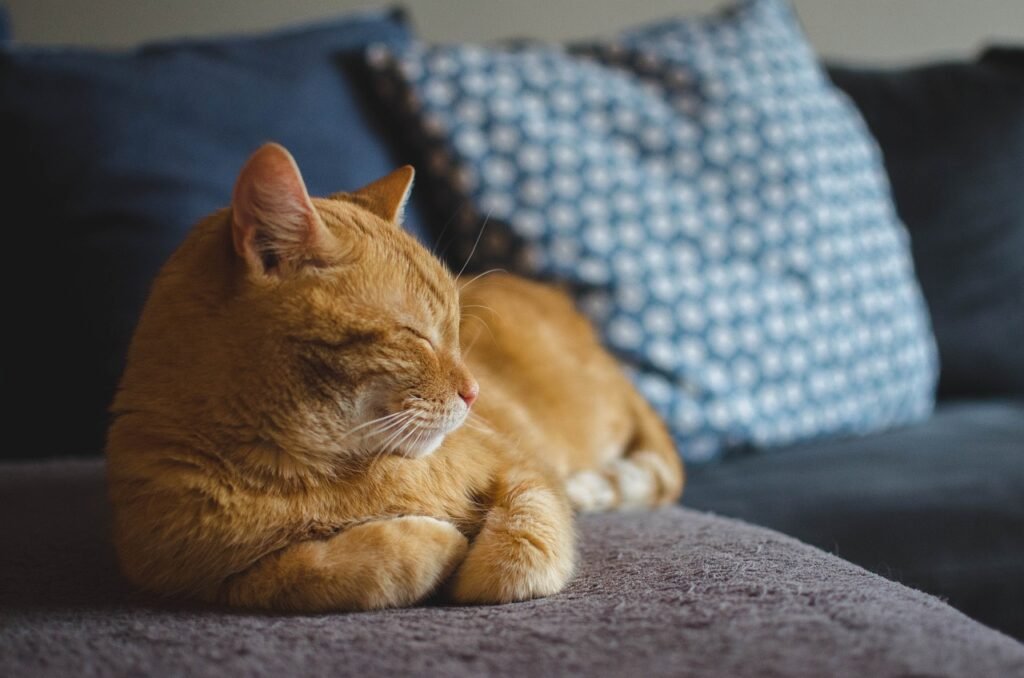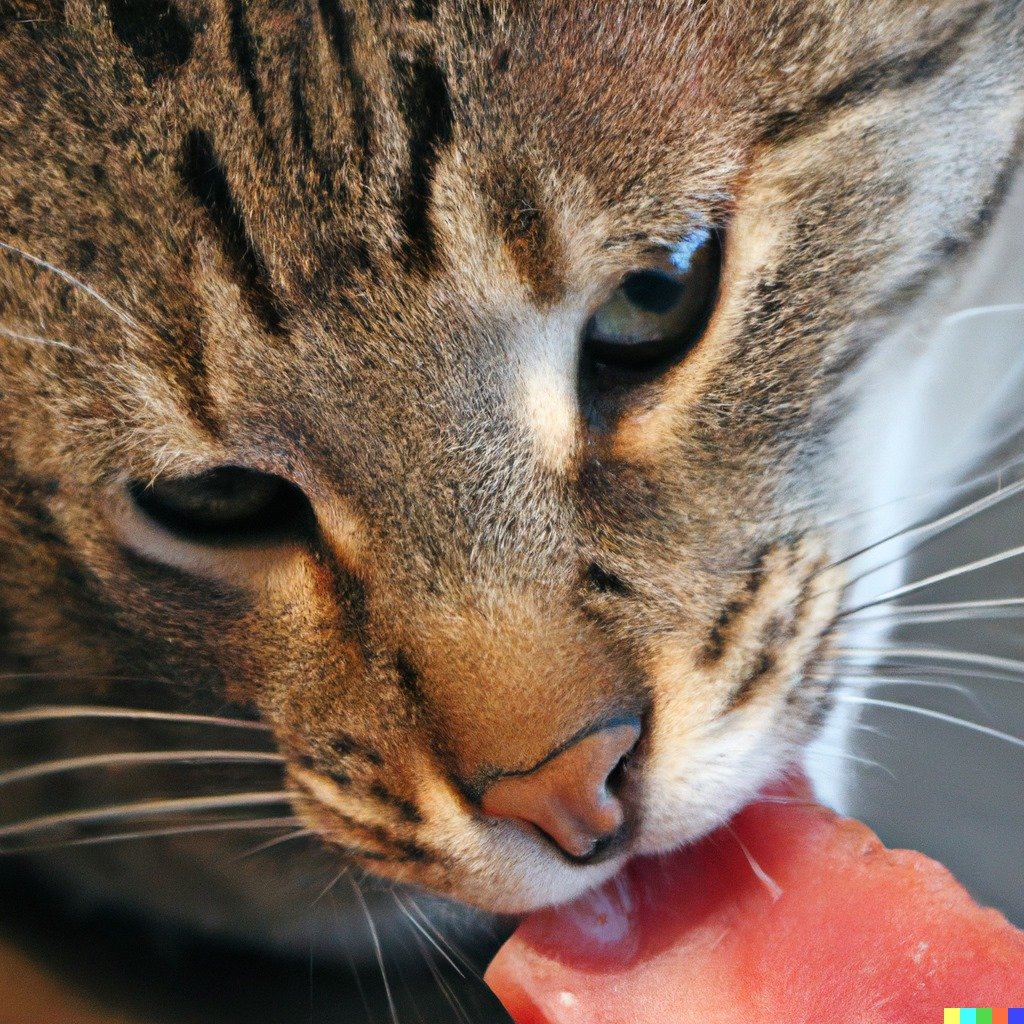Litter training is essential for indoor cats, as our indoors need to be clean, and we don’t want to make a messy home with the cat’s excrement. From kitten age, the cat owner must litter train their kittens. But the process gets complex if you have an adult stray cat.
Stray cats are fond of outdoor activities, and they cannot easily adopt the homely rules and regulations overnight. So extra care and attention are essential when you have a stray cat. I had a stray cat who was not that familiar with indoor activities. As a result, it took time to get used to the process of indoor life. My mom prefers to store the onions and potatoes because they are necessary for our everyday cooking. Almost all day, I found my stray cat peeing and leaving excrement on the onion or potato basket. It was gross!
No matter how hard I tried to litter-train my cat, I never found it effective. But there were some methods I used to litter train my cat. Here, I am going to share some methods that you can also use to litter your stray cat easily.
Try to test giving both types of litter to your stray cat
There are two variations of litter, such as clumping and non-clumping. Clumping litter is likable by the owner and some of the cats because of its unique feature of absorbing all kinds of water and odor that excrements release. It keeps the house fresh. As cats are fastidious cleaners, they hardly like any pee or excrement scattered around the litterbox. However, being a self-cleaned species on the earth, some of the cats may break the rules, especially the stray cats. Stray cats are used to releasing all their excrement outdoors, so the non-clumping litter might be attracted to them. Thus, trying out both types of litter is the best solution to know which litter is preferable for your cat.
Set up the litter box at an outside-focused place
You can set up the litter box facilities on your balcony because it is a place of wind and light. However, if you have planted a lot of plants in there, it will be beneficial to your cat to use the litter box. If you don’t want to place the litter box on the balcony, better fix a place full of natural lights and winds. Setting up the litter box beside a big window can also be an alternative to the balcony.
Try to give food routine-wise
If you give food to your cat in a timely manner, it will be a lot easier to give your cat a mannered life. Routinely provided food helps to release excrement on a timely basis. So as an owner, you will find it easy to track the release of excrement of your cat.
Try to monitor the timing of excrement:
Although you might be busy all day around, you need to put extra care to your stray cat. The stray cats need extra care because it is not well-introduced to the homely activities done by the indoor cats. Try to monitor the timing of your cat’s releasing stool and pee. Suppose you have to monitor your cat’s release excrement every morning at 8 am. You can put it in the litter box when it’s 8. Also, offer some treats during that time. This will make it a lot easier to Bring your cat into the habit of using the litter box. Do it for 3 or 4 days. Once the cat is used to it, it will move on time of excrement, otherwise, several more days of repeating the same practice is recommended.
Try to choose a wide and deep enough litter box:
If you’re adopting a stray cat, you should find the litterbox wide enough and large enough. Also, selecting the litter box according to the size and weight of your cats is also recommended.
Emphasize your cat’s preference
Stray cats are more stressed than indoor cats when they are introduced to the indoor environment. Your cats may not like crowded places and prefer quiet places to do their activities. Always know the preference of your cat. This will ease the job of litter training. I remember my cat used to hide in places where human activity was less. I placed the litterbox in a quiet area, especially where the cat hid itself most of the time. And I found a positive result. My cat, however, started using the litterbox on its own.
Cleaning is a must Make sure you have cleaned the litterbox while your cat is done with its excrement. Try to scoop away the excrement as soon as possible. Also, you can spray some air freshener to get rid of the odor that cat’s stool and pee spread.
Patience is the key to the litterbox training of a stray cat.
Conclusion
Stray cats are nervous and fearful when they are inside the home. The new environment, and new activities, affect them. Getting used to the latest rules and regulations is another thing your adapted stray cat might not like. As a cat parent, you have to make sure your adapted stray cat is fine with the new environment. Hold your patience, do not lose hope. A positive effort toward the cat is always preferable, and as a result, it will reduce the stress of your new stray cat. Give them timely food and treats. Giving treats while providing them training will boost the positive reinforcement.



